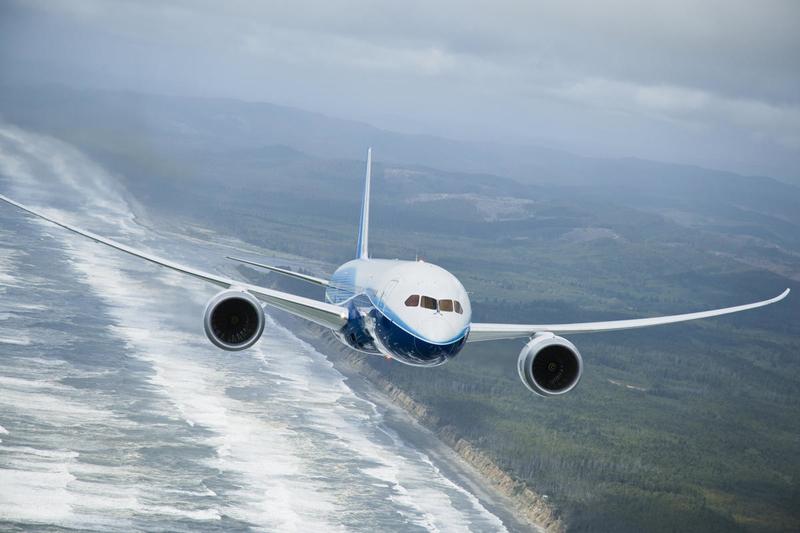
79711826 3099815633380286 1705349574131974144 n
Boeing is “on the verge” of turning the corner on most of its (self-inflicted) problems that have disrupted the OEMs business over the past three years. “While we know we have got more work to do, I would say that the feeling is confident”, Brian West, Chief Financial Officer, said on May 11 during the Goldman Sachs Industrials and Materials Conference. ‘Boeing is on the verge of turning the corner on its troubles’.
There are three milestones that Boeing wants to hit: “It is delivering 787s, it is including delivering more 737s, including the ones for China, and sustainably generating cash flow. What are the most important elements that we think about every day in and out and as we move through the course of the year, I believe we will be knocking on these milestones.” The US airframer recently hit a lot of flak from lessors Avolon and Air Lease Corporation, who said that Boeing has lost its way and needs to do a deep rethink of its strategy. In our editorial, we reviewed the situation.
West said that Boeing is “standing by” to assist the FAA with answering any questions they might have on the comprehensive set of documents that it submitted in late April on the 787 issues. These well-documented production quality issues have been fully reviewed and addressed, which according to West “certifies that we are in conformance.” He wasn’t able to give a date when the FAA is ready, but there continues to be good momentum, but a lot of rework needs to be done on the 115 787s in inventory.
Wiring connector supply issues affected April deliveries
On the MAX, West said that April deliveries were down to 28 from 37 in March because of an issue with wiring connectors that have been affected by supply chain disruptions. Boeing has multiple suppliers for this part and is working hard to make sure that supplies are guaranteed although there will be some variability in the short term.
The production system for the MAX is ready for 31 aircraft per month, but the actual number of aircraft produced is slightly below. Rates will only go higher if Boeing is confident in the supply chain, that’s why it prefers stability over higher rates. “We don’t want to ramp up too quickly. We did it before and it didn’t pan out so well.”
As West said, resuming deliveries to Chinese customers is key. The recertification by the CAAC looked good until Omicron kicked in and resulted in even stricter Covid-restrictions. “We assume that when they can get back on this, they will pick up right where they left off. Some airlines were already at the operational flight readiness level and were training their pilots.” There hasn’t been any political motive behind the delay, said West.
Boeing is working very hard with government stakeholders on ‘options’ to get the MAX 7 certified and delivered this year and the -10 next year. It hopes to get visibility on the timeline in the second half of the year, said West. Although Southwest recently swapped MAX 7s for more MAX 8s, West didn’t want to speculate about what other airlines might do with their MAX 7 and MAX 10 orders, “because I don’t think we will get to this point.”
The delay of certification of the 777X by another year until 2024 is simply because it takes more time and the regulators are stressed with all kinds of programs, but West didn’t go into the specifics of the delay. Pushing out the 777X and pausing production until late 2023 allows Boeing to respond to the strong demand for what seems now to be called the “777 legacy metal wing”, especially the 777F. This is a “wonderful bridge” between the Legacy and the X, benefitting cash flow.
West said in April during the Q1 earnings call that Boeing has sufficient liquidity and that there is no need for a capital increase. In the Goldman Sachs session, he said “we don’t need to tap into other credit lines, we don’t need to take on more debt, we don’t need to issue more equity. What we need to do is hit those three milestones, and hit our cash flow. Once we do that and meet our outflows, we have an opportunity for discussions on how we think about the balance sheet longer-term and de-risking it. In these discussions, various options will be on the table.” Asked if Boeing can get back to pre-Covid levels of free cash flow, West said: “If… we can back to those rates, yes.”
Views: 2



